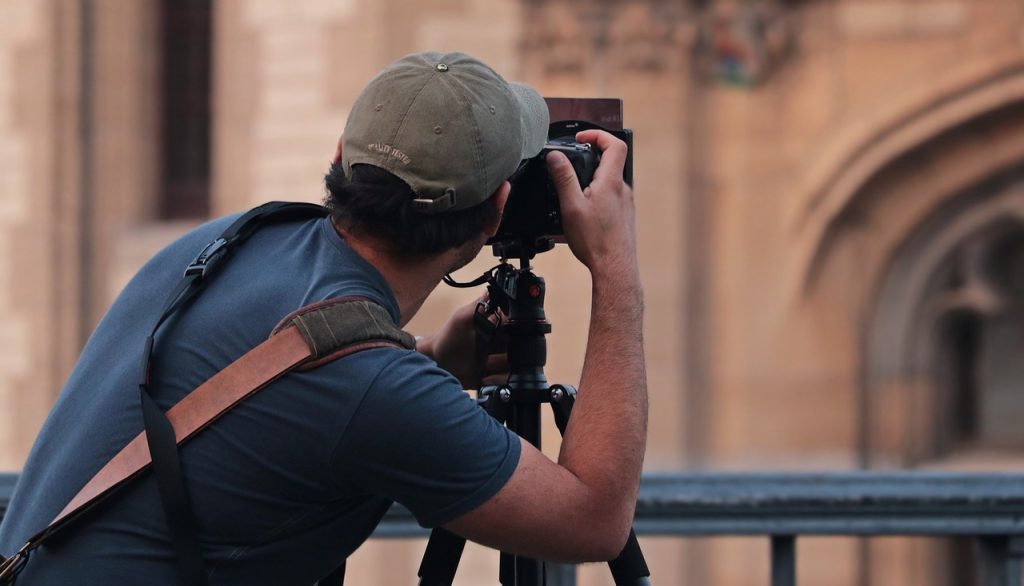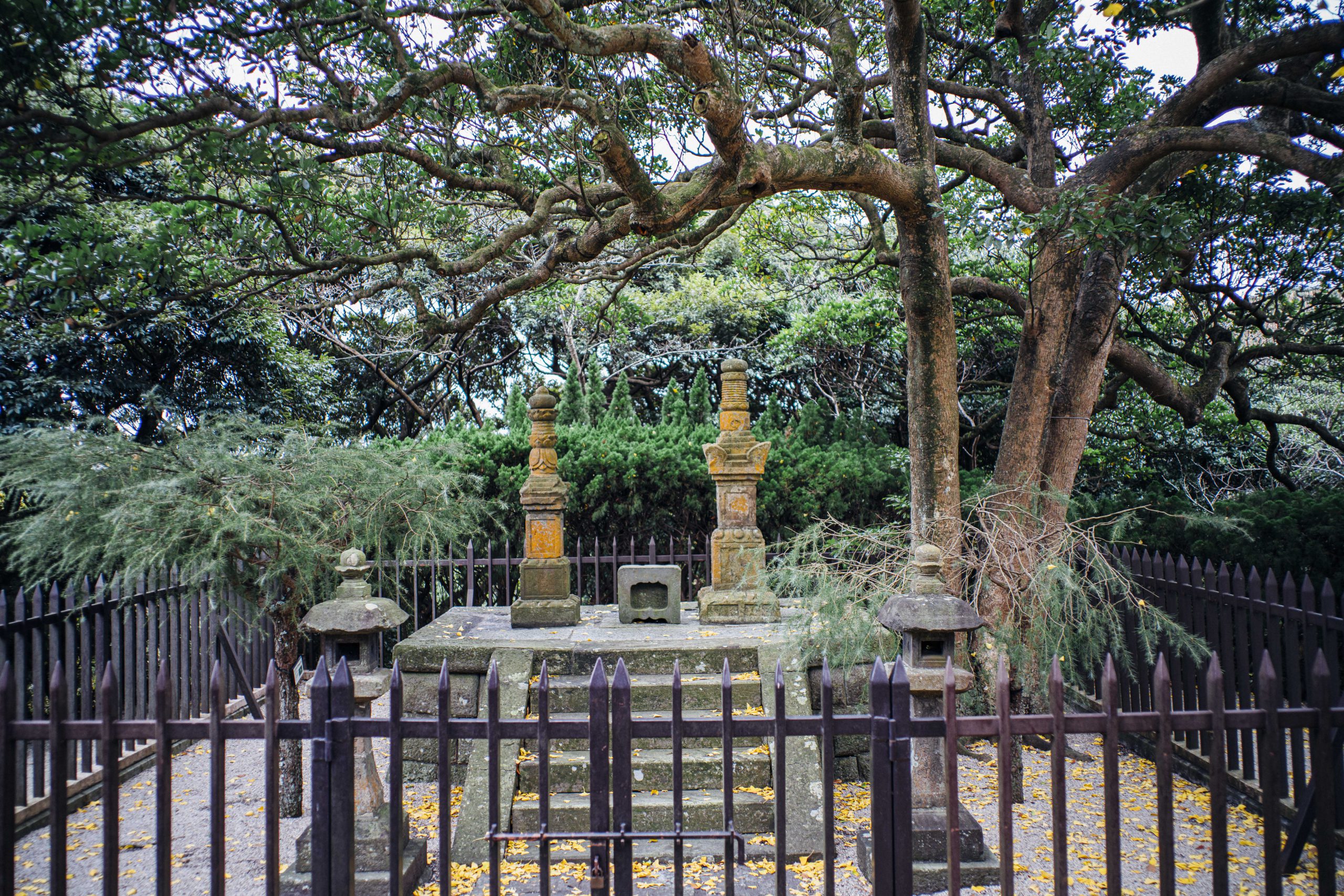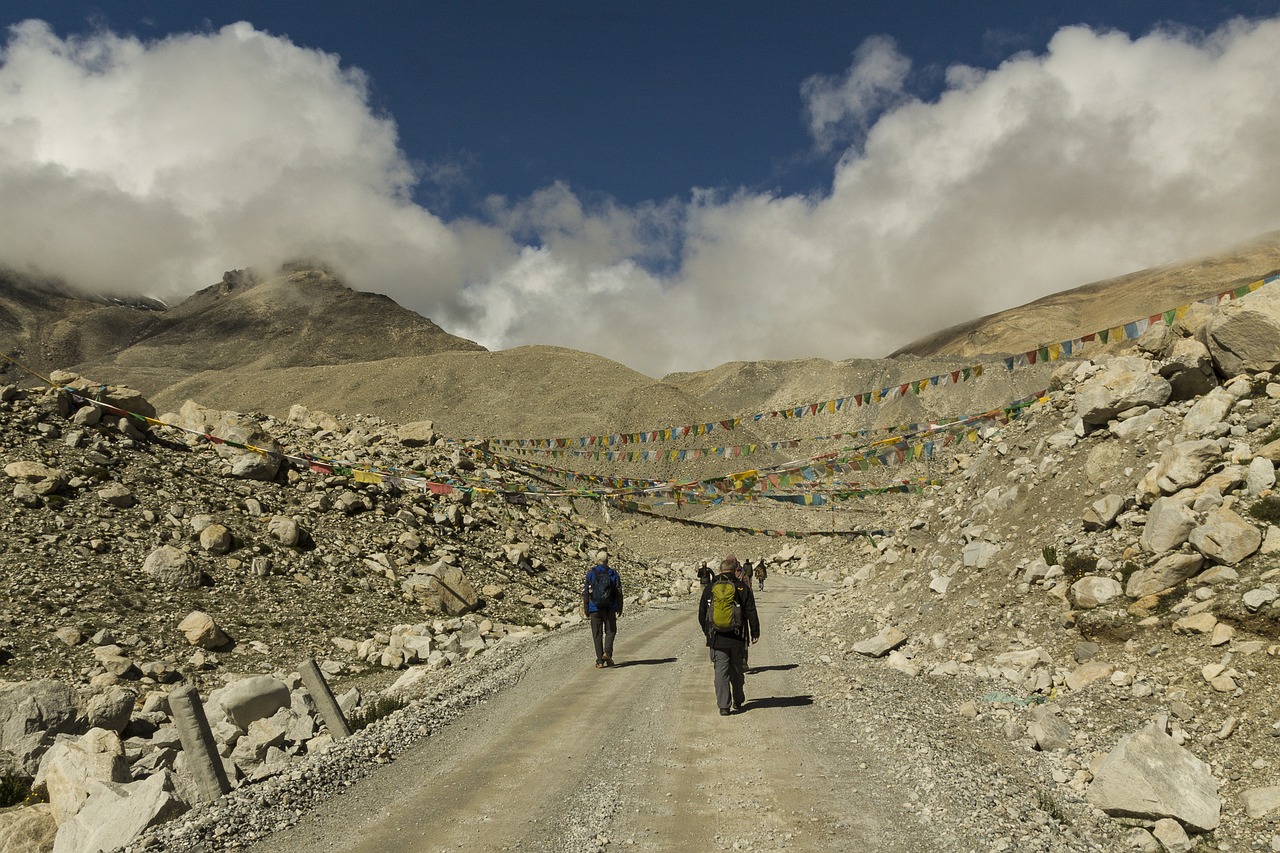Freelance photography is an exciting and fulfilling career choice that allows you to pursue your passion for capturing images while enjoying the freedom and flexibility of self-employment. Whether you’re interested in shooting weddings, events, portraits, or commercial projects, becoming a freelance photographer requires skill, creativity, and determination. This comprehensive guide will provide you with all the necessary steps, tips, and resources to help you succeed as a freelance photographer.
I. Develop Your Photography Skills
The foundation of a successful freelance photography career is strong technical and creative skills. Here are some ways to develop and refine your photography abilities:
Study the craft: Learn the basics of photography, including camera settings, composition, and lighting, through books, articles, online tutorials, and workshops.
Practice regularly: The more you shoot, the better you’ll become. Experiment with different camera settings, lighting conditions, and subjects to improve your skills and develop your unique style.
Take courses and workshops: Participate in photography courses, workshops, or online classes to hone your skills and receive feedback from instructors and peers.
Join photography groups: Connect with other photographers through local clubs, online forums, or social media groups to share your work, receive feedback, and learn from others’ experiences.
II. Choose Your Niche
Focusing on a specific niche or type of photography can help you stand out as an expert and attract clients. Consider the following factors when choosing a niche:
Your interests and passions: Pursuing a niche you’re genuinely interested in will make your work more enjoyable and allow you to create more authentic images.
Your expertise: Capitalize on your existing knowledge and experience in a particular subject matter or industry.
Market demand: Research industries and niches with high demand for photography services, such as weddings, events, real estate, or product photography.
III. Invest in Equipment and Software
As a freelance photographer, you’ll need to invest in the right equipment and software to produce high-quality images and streamline your workflow. Consider the following essentials:
Camera: Choose a camera that meets your needs and budget, whether it’s a DSLR, mirrorless, or medium format camera. Research camera features, such as sensor size, resolution, and autofocus capabilities, to make an informed decision.
Lenses: Invest in a variety of lenses that suit your niche, such as wide-angle, telephoto, or macro lenses. High-quality lenses can significantly impact the sharpness and quality of your images.
Lighting equipment: Purchase portable flash units, light modifiers, and reflectors to create professional lighting setups for various shooting scenarios.
Tripod and stabilizers: A sturdy tripod and handheld stabilizers can help you capture sharp, stable images and improve your compositions.
Editing software: Learn to use photo editing software, such as Adobe Lightroom or Photoshop, to enhance your images and develop a consistent editing style.
IV. Build Your Portfolio
A strong portfolio is essential for showcasing your photography skills and attracting clients. Here are some tips for building an impressive portfolio:
Create a diverse body of work: Shoot a variety of subjects, styles, and lighting conditions to demonstrate your versatility and creativity.
Curate your best images: Select your best images that showcase your unique style and expertise in your chosen niche.
Present your work professionally: Organize your portfolio into a user-friendly, visually appealing format, either as a printed portfolio or an online website. Include a brief introduction, your areas of expertise, and contact information.
V. Market Yourself as a Freelance Photographer
To find clients and secure photography assignments, you’ll need to effectively market your skills and services. Consider the following strategies:
1. Build a professional website: Create a website to showcase your portfolio, list your services, and provide information about your background and expertise. Optimize your site for search engines to increase visibility and attract potential clients.
Network with other professionals: Attend industry events, conferences, and networking groups to connect with potential clients and fellow photographers. Building relationships within the industry can lead to referrals and collaboration opportunities.
Utilize social media: Promote your photography and services on social media platforms like Instagram, Facebook, and LinkedIn. Engage with your audience, share your work, and participate in relevant online communities to increase your exposure and credibility.
Pitch your services: Research potential clients in your niche and pitch your photography services to them. Tailor your pitch to each client, highlighting your expertise and explaining how your photography can benefit their business or event.
VI. Establish Your Freelance Photography Business
Setting up your freelance photography business requires careful planning and organization. Consider the following steps:
Choose a business structure: Determine the most suitable legal structure for your business, such as a sole proprietorship, partnership, or limited liability company (LLC). Consult with a lawyer or accountant to understand the implications of each option.
Register your business: Register your business with the appropriate government agencies to ensure compliance with local regulations and tax requirements. This may include obtaining a business license, registering your business name, and applying for an employer identification number (EIN) if you’re based in the United States.
Set up a dedicated workspace: Create a comfortable and productive workspace for your freelance photography, equipped with all the necessary tools, such as a computer, internet connection, and storage for your equipment.
Develop a system for organization and time management: Use project management tools, calendars, and to-do lists to keep track of assignments, deadlines, and client communications. Establish a routine and set goals to maintain productivity.
Create a pricing strategy: Research market rates for freelance photography in your niche, and develop a pricing strategy that reflects your skills, experience, and the value you provide to clients. Be prepared to negotiate and adjust your rates as needed.
VII. Maintain Your Freelance Photography Career
Once you have established your freelance photography business, it’s essential to maintain and grow your career. Here are some tips for long-term success:
Continue learning and improving: Stay current with industry trends and technological advancements by reading articles, attending workshops, and taking courses. Continuously seek feedback and strive to improve your photography skills and techniques.
Diversify your client base: Avoid relying on a single client or project for your income. Diversify your client base by actively seeking new opportunities and expanding your network.
Build long-term relationships: Foster positive relationships with clients by delivering high-quality work, meeting deadlines, and maintaining clear communication. Long-term clients can provide steady work and referrals.
Protect your business: Obtain necessary insurance coverage, such as professional liability insurance, to protect your business from potential legal and financial risks. Ensure that you have clear contracts and agreements in place with clients to outline the scope of work, payment terms, and other conditions.
Manage your finances: Track your income and expenses, set aside money for taxes, and maintain a budget to ensure the financial stability of your freelance photography business. Consider working with an accountant or using accounting software to manage your finances effectively.
Conclusion
Becoming a successful freelance photographer requires hard work, dedication, and persistence. By developing your photography skills, choosing a niche, investing in equipment, building a strong portfolio, marketing your services, and setting up your business, you can create a fulfilling and flexible career as a freelance photographer. This comprehensive guide serves as a valuable resource for navigating the process of becoming a freelance photographer, ensuring a smooth and successful journey. Armed with this knowledge, you can confidently take the first steps towards launching your freelance photography career. Remember to stay focused on your goals, continue learning and adapting, and maintain a positive attitude throughout the ups and downs of freelancing. With determination and perseverance, you can build a thriving freelance photography business and enjoy the many rewards of doing what you love on your own terms.














